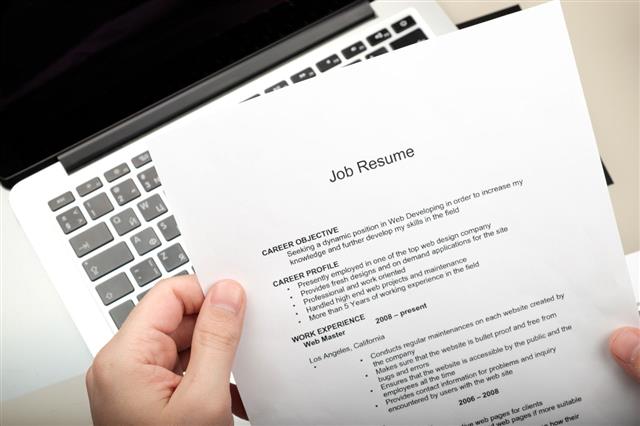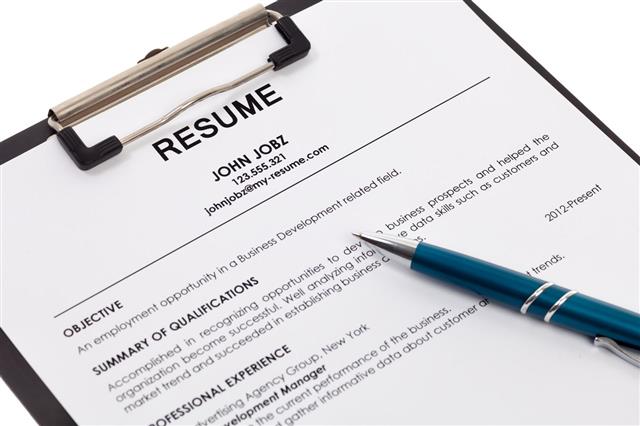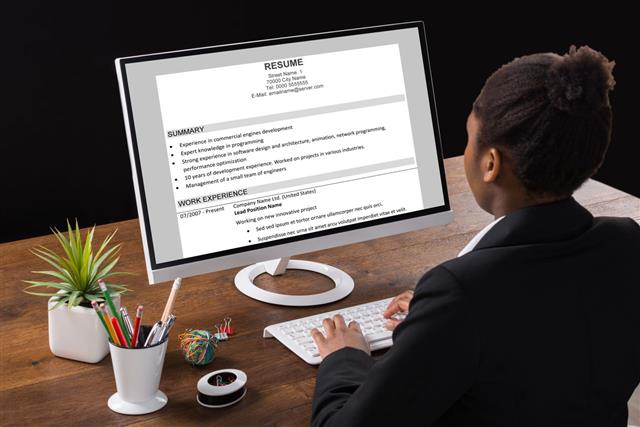
A biodata or a resume is a brief introduction of the achievements of a person. There is a certain code that has to be followed while making a biodata. Read on to know more…
Biodata means biographical data and is a document stating your achievements, qualifications and also interests. In western countries, it’s different from resume or curriculum vitae as it focuses more on personality than education or career. However, this term has become obsolete and is no longer preferred by companies except in some nations. Biodata can be used for both professional and personal purposes. Even though, technically it should contain more of a personal history than professional one, in some South-Asian countries, the terms biodata and resume are used interchangeably.
First Step Towards Finding a Job: Making a Good Biodata
‘First impression is the last impression.’ This is an age-old quote that is absolutely true and rightfully believed by those who have the responsibility of picking out the best of the lot. I am sure that everyone knows the procedure that is followed for job interviews. First, you have to apply for the job by sending a copy of your biodata, then if the biodata gets shortlisted, you will have to face a series of tests and interviews.
The biodata, is a small peek into the life of a person, and is printed on a few sheets of paper (or preferably just one page). It is like an entry pass and is used for initial screening. It’s format includes certain rules and guidelines that have to be followed strictly to make it look good. A systematically made biodata will catch the eye of the recruiter and lead to further opportunities whereas a haphazardly made biodata will be frowned upon, even if the content indicates you as an excellent candidate for the job position. Following is a typical professional biodata that can be used for a job application.
Presenting Biographical Information
|
Resume
Name : Phone/Mobile : |
Career Objective
(Mention a generalized career objective in not more than 2-3 lines.)
Educational Qualifications
| Qualification | Institute Name | Board/University | Percentage/Grade | Year of Graduation |
Work Experience (For experienced candidates)
| Organization | Designation | Job Responsibility | No. of Years |
Projects (Beginners/experienced candidates can specify the projects from their previous workplace)
| Organization | Project Name | Tools Used | Duration | Description in Brief |
Achievements and Extra Curricular Activities
(Any extra curricular activity for which you can provide testimonials, can be mentioned here in points.)
About Yourself
(While working in a group or individually, 2-3 lines about your professional attributes such as team builder, initiator, leader, etc. can be mentioned here.)
Other Career Skills (Optional)
(Describe any computer languages or any other professional knowledge in your field of expertise.)
Personal Information
Full Name :
Father’s Name :
Mother’s Name :
Hobbies / Interests :
Marital Status :
Languages known :
Place :
The above format may vary slightly from person to person. However, there are a few tips that can help to make the biodata presentable. Keep the font size between 12 to 14 and always select a font type that is clear. Highlight the subheads by making them bold or underlined. Give bullets while mentioning points. Leave enough space wherever necessary (do not leave extra space to make the biodata long). Keep the descriptions precise, so that it can be understood easily even if the person is just glancing at the biodata. Do not boast about yourself neither do keep any loopholes that may suggest that you lack confidence.
Generally, many companies have their own format in accordance to which the biodata has to be submitted. The format that is mentioned above is quite generic and can be used if the company’s biodata format is not known or not specified. So, it is always better to inquire about any such details prior to applying. Writing a biodata does not require a high level of creative writing skills, but if you think you still cannot write, you can always utilize the services of a professional resume writer. Happy Job Hunting!



